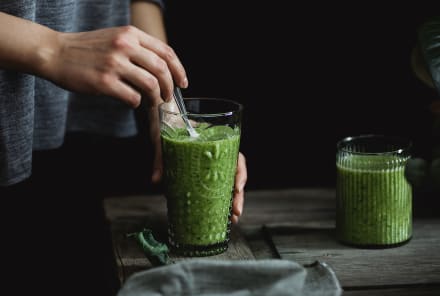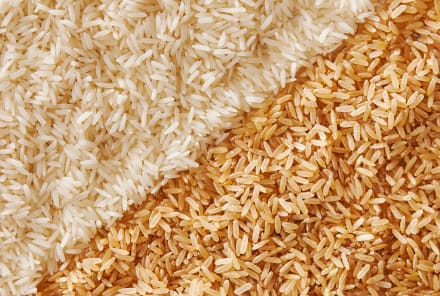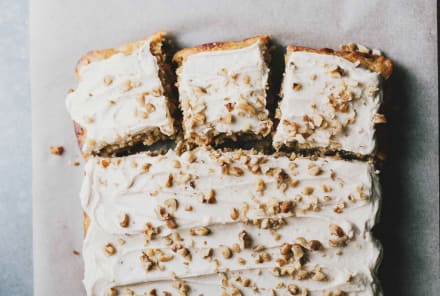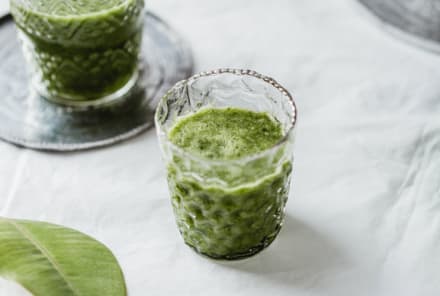Advertisement
5 Fun Ways To Teach Young Kids About Climate Change (No, Actually Fun!)

We read about it in daily headlines, it influences what brands we buy and what foods we eat, and it's arguably the biggest challenge we face as a planet. Yet, only about 45% of parents say they've talked about climate change with their children.
And it's completely understandable. There is so much happening in parenthood that adding another thing—getting young kids to care about the environment, no less—feels pretty impossible.
But the earlier we begin instilling an eco-friendly mindset in our kids, the easier it gets. According to the American Academy of Pediatrics, the behavioral examples1 we set and the conversations we have with toddlers do make a meaningful impact on their future. And when it comes to teaching them about environmental issues—which are very big, complex, and can at times sound scary—you might be surprised at how simple and empowering those first few lessons can be. Here are five fun ways to set your toddler up for a future of planet-loving habits:
1. Read stories about how agriculture works.
Storytime with your toddler is the perfect place to start. You'll be introducing real-life concepts about where and how we get our food in clear and easy terms they can understand and see in pictures. How Do Apples Grow? by Jill McDonald from her Hello, World! nonfiction series about science and nature for little ones is an excellent addition to your toddler's library.

2. Don't forget stories about farmers!
Looking for a good one? Check your baby's favorite food: Happy Baby Organics has a trio of Happy Baby Regenerative & Organic Pouches, and right on the pack you'll meet the Stewarts, an organic farmer family who are changing the way we grow food for a happier and healthier future.
You can continue the learning online with Happy Baby's digital storybook and video, both of which feature Terry, a little mound of soil, who teaches kids the journey of regenerative farming.
Stories like these can help teach kids that people, like farmers who grow our food, are also doing a lot to take care of our planet and keep it as strong as possible. So, when they're ready to learn more about the particulars of climate change, they already understand that farmers like the Stewarts are part of a team that will help save the planet.
3. Make a garden sensory bin (no garden experience required!).
Now, give your toddler a chance to explore and do a little "planting" of their own. If you can grow your own herbs or veggies, learning how to nurture seedlings together is a great shared experience. But even if your yard is a fire escape, you can still make a sensory garden for playful learning.
All you need is a large plastic bin, basic potting soil, pots, shovels, and toy veggies. For an added arts-and-crafts activity, break out the paints and markers to create critters and bugs out of smooth pebbles and pollinators like bees and butterflies out of construction paper. They'll love getting their hands dirty while learning that the soil is how we get healthy food.
4. Do an organic fruits and veggies taste test.
Your next farmers market run is a great time to introduce key words like organic into conversation with your toddler. While the concept of pesticides—which you can't see—might be a tad abstract to a young child, you can point to produce and say something like, "These strawberries are organic. Organic means healthier for our bodies," or "Organic foods are a smart choice for the planet." Then back at home, ask your toddler to point out the organic foods from your haul and have a taste test—they'll love learning how yummy eating organic can be.
You can do the same thing at the grocery store, showing your toddler that you're picking organic products with the USDA Organic seal. Once they've got the concept down pat, you can start mentioning how regenerative farming is a really cool kind of organic!

5. Conduct weather experiments together.
Teaching your kids about the weather gives them a baseline understanding of what weather patterns should look like. Plus, it can ease the minds of kids who are anxious about the sound of thunder, and—perhaps best of all—helps stumbling parents answer the barrage of weather-related "how" and "why" questions kids throw at them!
In addition to the amazing weather books out there (we love The Weather Girls By Aki and Greta and the Giants by Zoë Tucker), there are plenty of fun experiments you can conduct together right at home. One of the best, and simplest, is the rain cloud in a jar.
All you'll need for this is a large jar, shaving cream, gel food coloring or washable watercolors, and pipettes or droppers. In a small cup, mix the food coloring with some water. Take your jar and fill it with non-colored water until it is about ¾ full. Spray your shaving cream on top until it is just above the jar and get the kids to use a dropper to squirt colored water on top of the shaving cream cloud a few times. Soon enough, your cloud will be raining!













